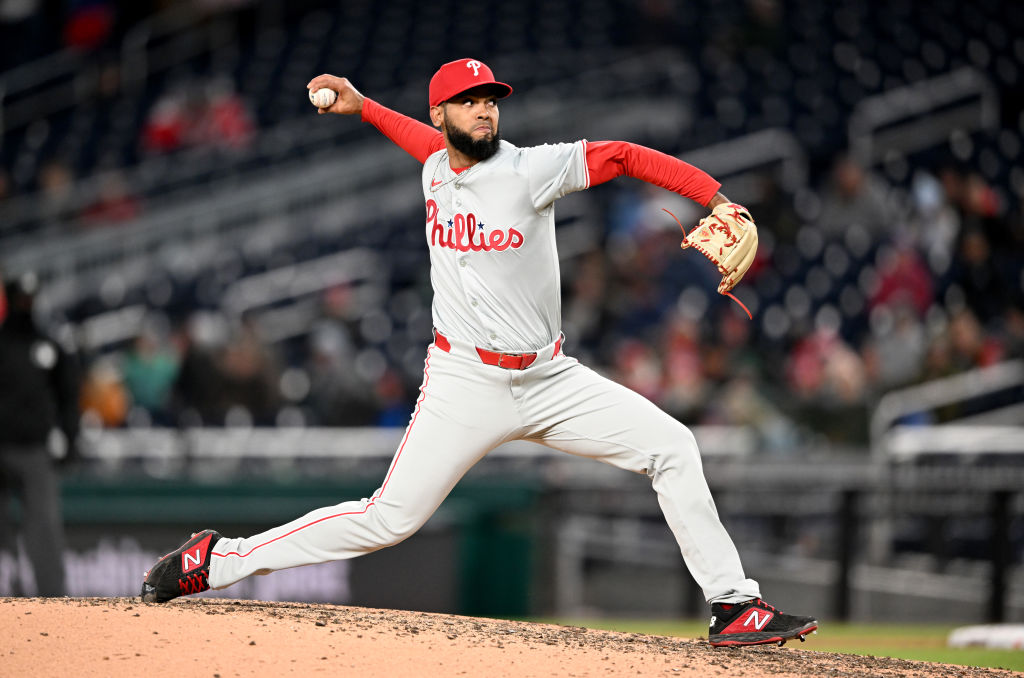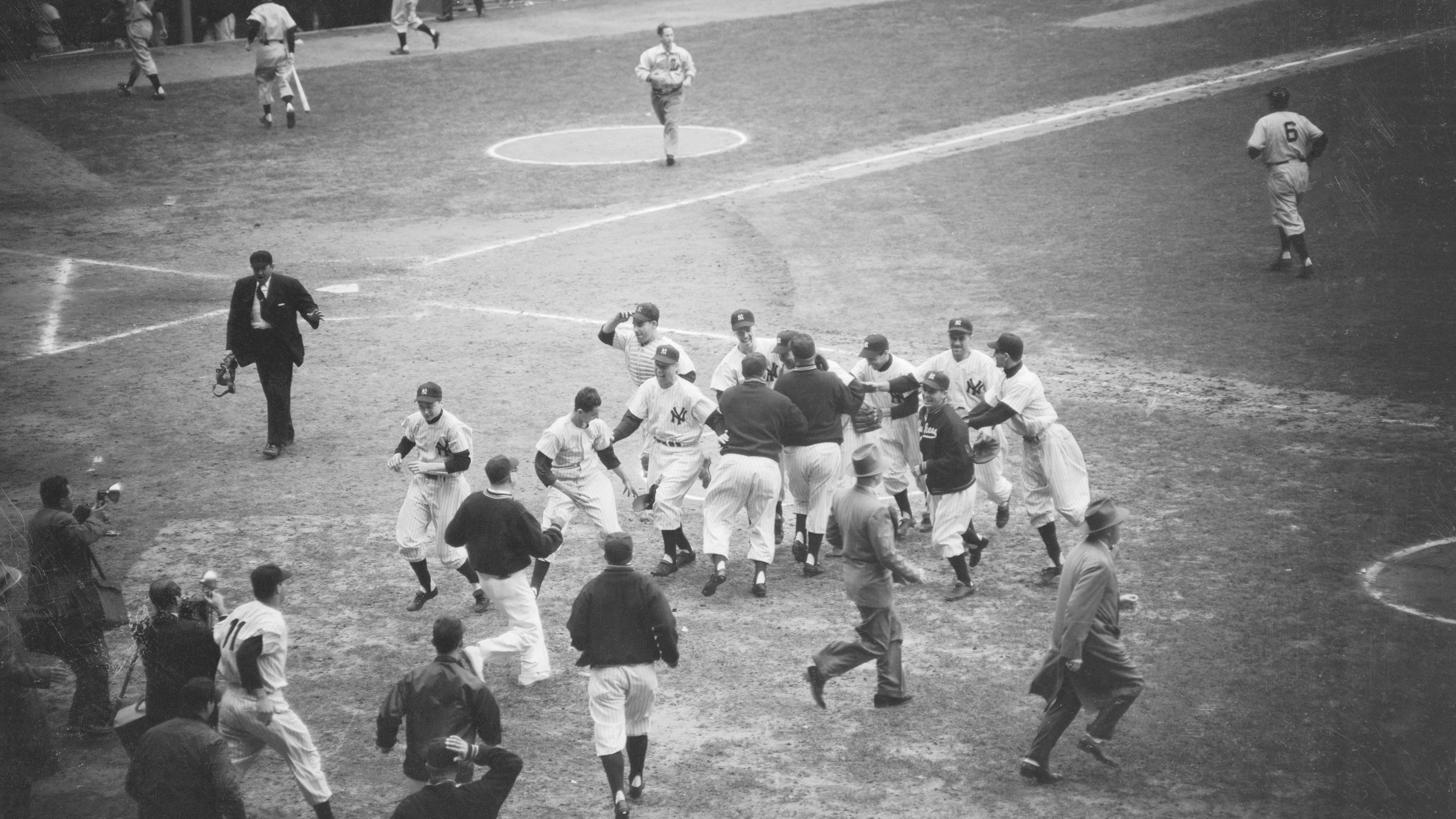
Nate Schierholtz never had much of a chance in Philadelphia, and that's why he walked into Citizens Bank Park on Tuesday a member of the Chicago Cubs.
Schierholtz was traded to Phillies last season on July 31 and made quite the first impression by homering in his debut with the team.
But a broken toe and a herd of outfielders hungry for playing time ushered the left-handed hitter out the door before he could even get acclimated to the team.
Schierholtz played just 11 games with the Phillies before hitting the disabled list with the toe injury, and uneven playing time upon his return didn't help his cause.
"It was unfortunate because they were going to give me an opportunity to play, but I got hurt and didn't really do a lot here," Schierholtz said. "Playing sporadically, I didn't have much time to make an impression."
At the time it was unfortunate for Schierholtz.
Now, that feeling has clearly fallen on his former club considering his 2013 campaign.
MLB
Schierholtz owns a .273 batting average, 14 homers and 45 RBIs with the Cubs this season.
Instead of keeping Schierholtz around, the Phillies held onto Laynce Nix, who was a nice pinch-hitting threat earlier this year. But on the day Schierholtz returned to Philly, Nix was designated for assignment to make room for Domonic Brown's return from the DL. Nix struggled with the Phils this year, hitting a meager .180 in 128 at-bats and striking out 34 percent of the time he was at the plate.
So was it a mistake to release Schierholtz in the offseason?
In hindsight, probably.
But, Phillies manager Charlie Manuel and GM Ruben Amaro Jr. didn’t have the benefit of hindsight, and in the offseason the two felt as though they didn't see enough of Schierholtz to retain him. Manuel mentioned that it helped that Nix, who he felt was a proven bat off the bench, had a contract and money owed to him for the upcoming season. Schierholtz, a candidate for salary arbitration, was non-tendered.
Amaro said the Phillies were leaning heavily on left-handed hitters, and he wasn't sure Schierholtz would have garnered serious playing time with the team in 2013.
"In retrospect, I don’t know if Schierholtz would’ve been playing all that much. Nix was playing a lot during the first part of the season when Delmon [Young] came on and was actually doing fine," Amaro said. "For the first month or month and a half, he was the best pinch-hitter in the game, probably because he was getting a chance to play more.
"But who knows how much playing time Schierholtz would’ve gotten this year for us and how he would’ve handled it."
Manuel also continuously hit on the development of younger players (Brown and Darin Ruf) as an extra driving force for Schierholtz’s exit. Amaro said the Brown situation coming into the season -- whether or not to give him a starting job -- clouded the Schierholtz decision.
“We wanted to give Domonic an opportunity to take one of these jobs. I don’t know that having all those guys (including Schierholtz) in our outfield would have been beneficial for him, too,” Amaro said.
None of this was a surprise to Schierholtz, who recognized he hadn’t made his mark on a team evaluating several options in the outfield.
“I was ready for anything,” Schierholtz said. “I knew I needed to come over and show more than I did. I knew that there was a chance with all the outfielders they had, that I might not be back. That's the way it ended up.”
And even though Schierholtz didn’t show enough a year ago for the Phillies, he’s doing so for the Cubs now.


